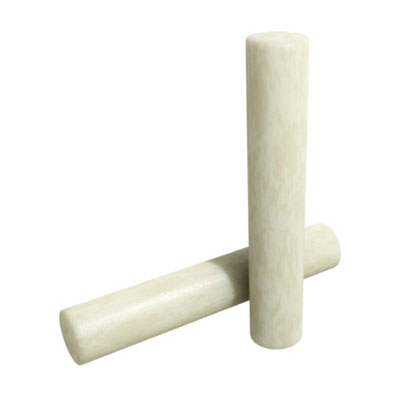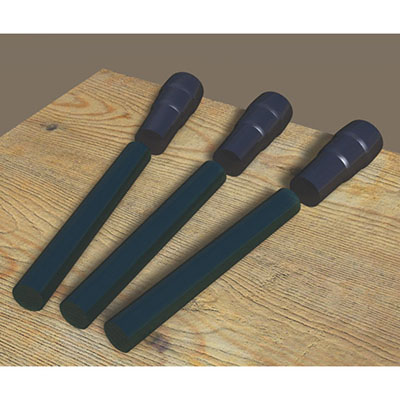A log home is defined, both aesthetically and functionally,
by the type of wood it’s constructed of. Different species of woods have unique
properties that make them better suited to certain environmental conditions. Some
wood species excel at resisting rot, while others offer superior insulation.
Your choice of wood will depend on both personal preference and practical
considerations. The good news is there’s no single right answer. The bad news is the list of options can seem
downright overwhelming. By identifying what properties are most important to
you, however, you can whittle down that list and make your decision easier. Let’s
start with the obvious.
Aesthetics
Let’s be honest – one of the reasons people like log homes
so much is simply because they look good.
Likewise, there’s no shame in choosing a wood species based in part on its
appearance. Bear in mind that certain species change in appearance as they age.
Wood preservatives can have an effect on the appearance of your log home as
well.
R-Value
This is the measure of thermal resistance in building materials.
The higher the R-value of a wood species, the better it will insulate your
home. If you live in a particularly hot or cold climate, a wood species with a
high R-value will help you to regulate the temperature inside your home.
Species such as Northern white cedar and white pine have particularly high R-values.
Decay Resistance
Did you know that wood produces natural toxins to combat
fungi growth and burrowing insects? These toxins continue to work even after a
tree has been felled and hewn into timbers. Some species, such as Western red cedar,
have especially high concentrations of these toxins, making them more decay-resistant.
If you live in a very wet or heavily-wooded area, a decay-resistant species
might be a good option. If you choose a species that’s not known for its decay resistance, however, don’t worry. Wood
preservatives can effectively protect your home from fungi and insects as well.
Cost
Finally we come to the ultimate practical consideration. The
cost of a given wood species will depend on a number of factors including your
location and the speed at which the species grows. Southern yellow pine, for
example, tends to be relatively inexpensive because it has a fast growth cycle
and is grown in large commercial crops in the Southeast. Wood prices fluctuate just
like any other commodity; keep an eye on the market to get the best possible
deal on your preferred species.






